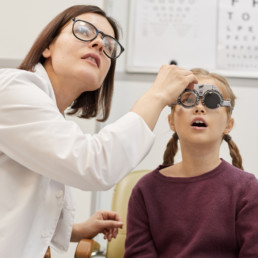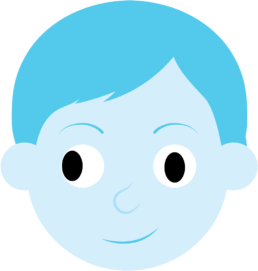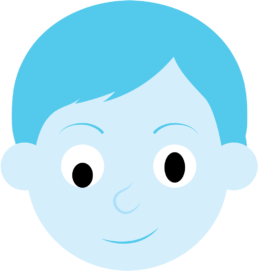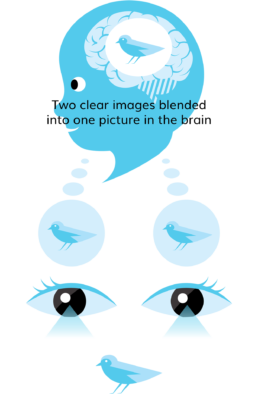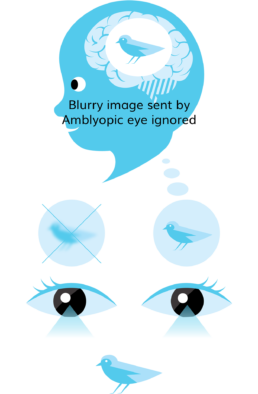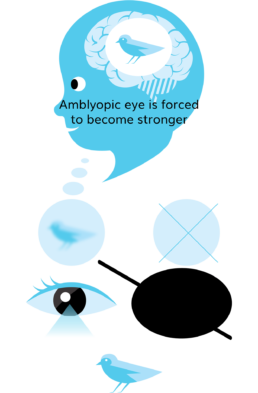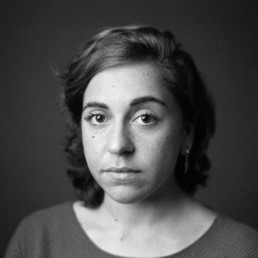Share on
When Emily turned three, her parents noticed that her left eye sometimes appeared to be looking in a different direction and usually inwards. They would later explain to their family doctor that it was as if Emily’s eye would at times “wonder” away. After reassuring them that it’s only an eye muscle problem, the doctor prescribed a pair of eyeglasses and suggested eye surgery.
People tend to say that they have a crossed eye or a wondering eye. What these expressions have in common is that they are all different types of what is called “Strabismus”. Strabismus is a case of incorrect eye alignment, where one eye appears to be looking inwards or outwards in relation to the other eye.
The misalignment is often due to problems in the eye muscles, the part of the brain that directs eye movements or other eye injuries. Doctors classify Strabismus depending on the direction in which the eye is turned. Treatment for strabismus often include eyeglasses, prisms, vision therapy, or eye muscle surgery.
Types of Strabismus
Correct eye alignment is important as it prevents seeing double, loss of depth perception or vision loss in the turned eye. When one eye is misaligned, the brain receives two slightly different images from each eye and cannot combine them into a single 3D image. If this is not treated early enough, it can lead to permanent decreased vision in one eye which is much harder to treat than Strabismus and can follow a person all throughout their adulthood. This condition called Amblyopia and is what should be referred to as Lazy Eye.
In Emily’s case, what started out as a case of Strabismus led to Amblyopia. Because her eyes were not straight since early childhood, her brain learned to suppress the vision in the turning eye. In other words, the brain started “ignoring” all visual input from one eye and favoring the eye with better vision in order to avoid seeing double. Although the words Strabismus and Amblyopia are often used interchangeably, while people use the term lazy eye as an umbrella term for both, they are in fact two different conditions. Unlike Strabismus, Amblyopia is not a problem with eye musculature but a miscommunication between the eyes and the brain. Someone with amblyopia has healthy eyes, but the brain cannot see. It is also much harder to treat in comparison to Strabismus, with most research showing that it’s untreatable in adults.
Treatments for amblyopia include prescription lenses, eye patching and vision therapy where patients learn how to use their eyes together. The most common treatment for amblyopia is using an eye patch over the healthy eye for a period of weeks and sometimes months. Although a popular treatment method, eye patching has on average low success rates in treating amblyopia. It is also rarely preferred by children and can lead to social adjustment issues or low confidence. In recent years new solutions have been emerging that use other methods like video games or Virtual Reality to address the shortcomings of eye patching. Still today, it remains the main solution provided by hospitals all over the globe.
While Strabismus is highly treatable, it often goes on undetected by parents and as a result might develop into a condition much harder to treat such as Amblyopia. A turned eye can result to more than just a slight vision blur. Children for example make on average more mistakes when trying to grasp an object. They also tend to move slower and be clumsier. Research also shows that people like Emily are twice as likely to develop a significant vision loss is their healthy eye and, in some cases, even become blind. Considering the high prevalence of Strabismus and Amblyopia and the seriousness of its symptoms, early diagnosis and treatment are very important. More research and funding are necessary for the development of alternative treatment methods that can substitute or enhance traditional methods such as eye patching.
Latest Knowledge Articles
Seeing in 3D – importance of depth perception

The eyes can look normal but a difficult type of amblyopia to detect
